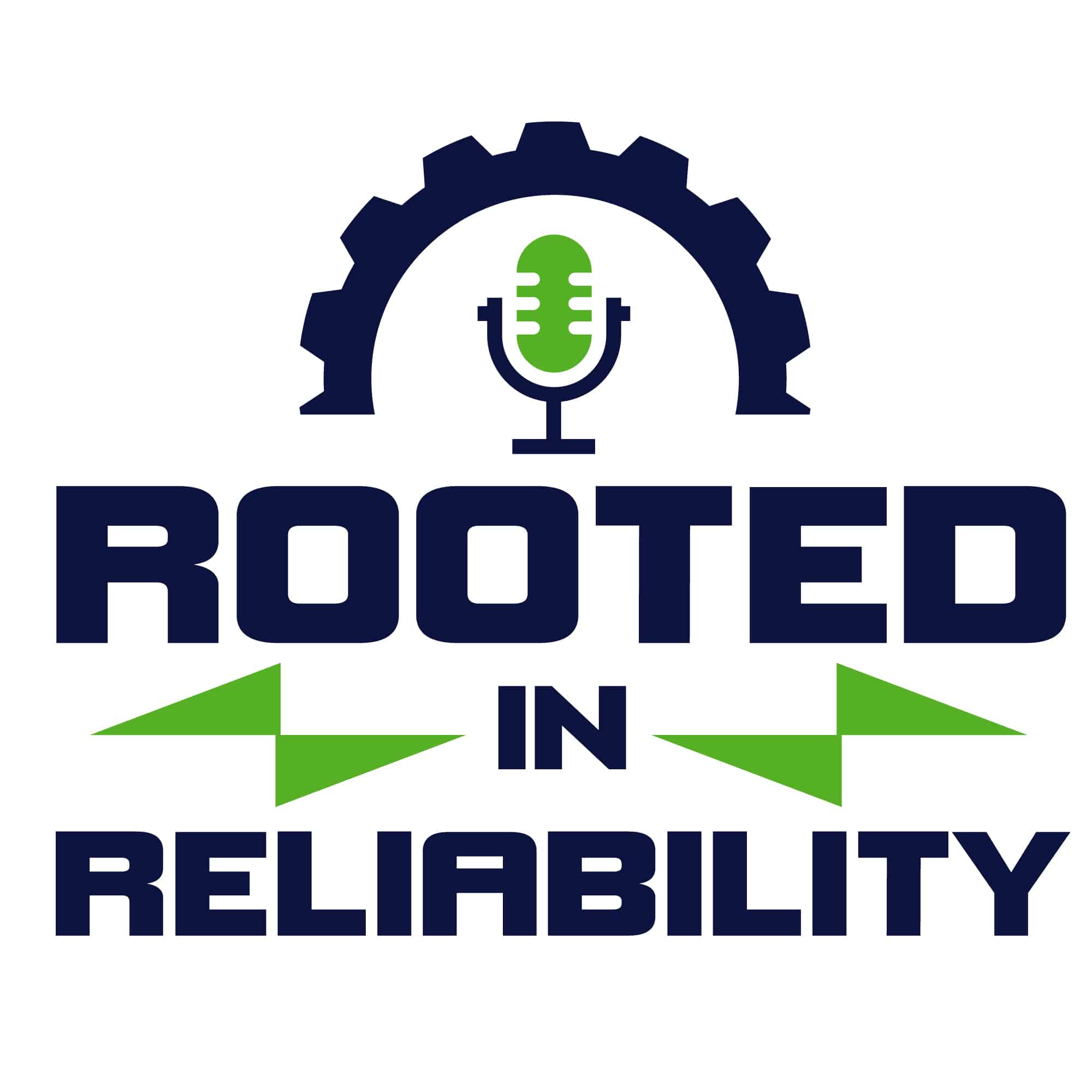The 7 Steps of a Work Managements Cycle
This episode of the weekly podcast is about Work Managements Cycle. WMC is the most basic framework any organization has in place to evaluate its performance and make improvements if needed. This cycle consists of 7-steps that when completed successfully make it possible to execute the Maintenance Plan and Scheduling Process. These steps are as follows:
- The first step is that the work is identified and evaluated which means that the problem should be clearly mentioned which needs to be fixed so that no one gets confused on the team. Planned can make the right work request and operators can execute it just as requested. This step is obviously the most critical one because if you don’t know the exactly cause and effect of any issue, it can never be solved. This saves a lot of time too. Then planned can evaluate these work requests and see if these will do any good to the organization or not.
- In the second step, work is prioritized where the most vital work requests are completed immediately and the others are executed later on. This makes the schedule better because the right work selection at the right time adds more value to the work that needs to be completed in a specific period.
- Third step is that the work is planned and this should reflect some basic principles such as planner needs to keep in mind the future usage of the work, use his experience to develop good job plans, to utilize the feedback provided from the team to improve the process continuously and keep the job plan updated, to be aware of the skills and abilities of all the technicians so that they can be instructed in the right way and should account for wrench time to get the job efficiently and effectively done.
- In the fourth step, the work is placed in the backlog which represents the status of any work. Whether it’s in the waiting queue, ready to be executed or completed already. It sort of maintains the record of the job plans and their details. It also has the information about the equipment available in the store for execution of those ready to go job plans.
- In the fifth step, the work is scheduled according to the information now available in the backlog. This schedule can be placed in action depending on the total time given as stated by Parkinson’s Law considering the weekly or monthly objectives to achieve the bigger goal in time.
- In the second last step, the work is executed in the most efficient and easy way possible. Then this work is documented for future use by the supervisor and closed.
- Then the Feedback is provided to the planner which is made available for the management.
After these steps, the work management cycle is completed which enables a successful planning, scheduling program. This becomes an organizational asset which is continuously made better for maintaining good Knowledge Management System.
References:
- Maintenance Planning & Scheduling by Doc Palmer
- Maintenance Planning & Scheduling: Planning for Profitability
- Maintenance & Reliability Best Practice – Ramesh Gulati
- Episode E11 – What is a Well Written Job Plan
- 2016 SMRP Conference

Rooted In Reliability podcast is a proud member of Reliability.fm network. We encourage you to please rate and review this podcast on iTunes and Stitcher. It ensures the podcast stays relevant and is easy to find by like-minded professionals. It is only with your ratings and reviews that the Rooted In Reliability podcast can continue to grow. Thank you for providing the small but critical support for the Rooted In Reliability podcast!
 Ask a question or send along a comment.
Please login to view and use the contact form.
Ask a question or send along a comment.
Please login to view and use the contact form.
Leave a Reply